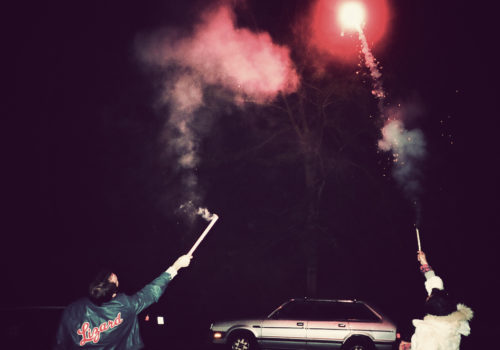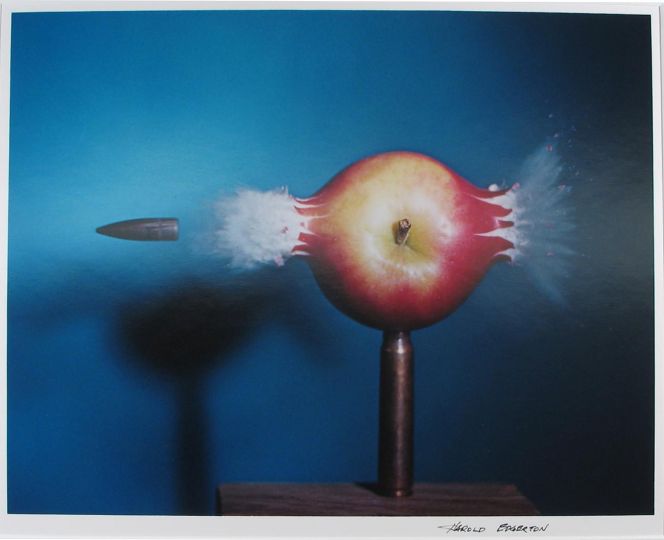“Art is either plagiarism or revolution,” Marcel DuChamp said. It is possible that there are other categories. Art can be commerce, status, or fame. It can be self-expression or propaganda—it’s often hard to know what it is, that’s why critics get paid. We like to have someone mediate thoughts for us, and then we do the rest. We draw conclusions from other people’s conclusions as though this is passing for original thought. It’s a matter of convenience, at best. At worst it is a matter of mind control, willfully giving over our freedom to avoid dealing with the issues art raises.
Revolution is in the air and it has been a long time coming. Though it is difficult to know whether this energy is reactionary or progressive. It might be both. It depends on which side “wins”—because each side believes the other to have the upper hand.
















